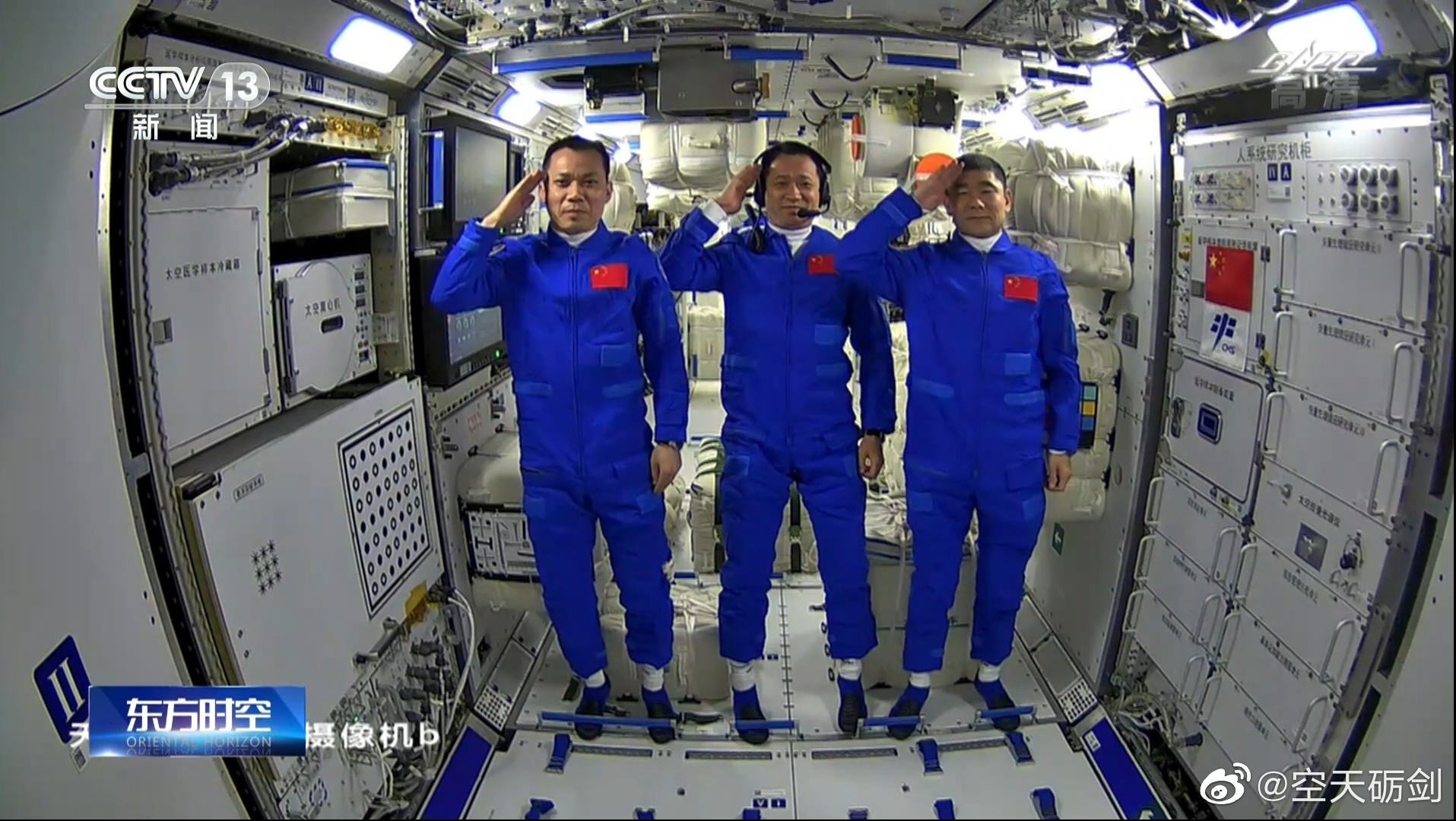But more than one thousand launches every year by 2045 is totally out of my imagination.
Space planes, perhaps using scramjets.
Laser-launch vehicles, perhaps using giant ground-based lasers to heat propellant on the rocket. The heated propellant gives enormous thrust. I'm no expert in rocketry, but some people think that laser launchers can achieve a specific impulse of 1000 seconds, much greater than the 290 seconds of the CZ-2F used to launch the space station crew. If such a laser launcher were used to launch the crew, the rocket would shrink from 460 tonnes to about 33 tonnes***, or about the size of a truck. Thus launching a thousand of them a year becomes practical.
Someone mentioned a space elevator, but that would need materials presently unavailable. Maybe someday.
***A reduction of 460 tonnes to 33 tonnes seems incredible, but that is apparently what Tsiolkovsky's Rocket Equation says. , the CZ-2F used to launch the space station crew has a takeoff weight of 464,000 kg and a payload (to Low Earth Orbit) of 8400 kg. Thus the overall mass fraction, combining the two stages, is
460/8.4 = 54.8
The CZ-2F's engine has a specific impulse of roughly 290 seconds. If we accept that a laser launcher would have a specific impulse of 1000 seconds, then the new mass fraction would be
54.8^(290/1000) = 3.2
where "^" means exponentiation. With a payload of 8.4 tonnes, plus say 2 tonnes for the rocket itself, the new launcher's takeoff weight would be
(8.4 + 2)*3.2 = 33.3 tonnes.
As I said, I'm no expert in rocketry. I invite someone to check my calculations.
Last edited:

